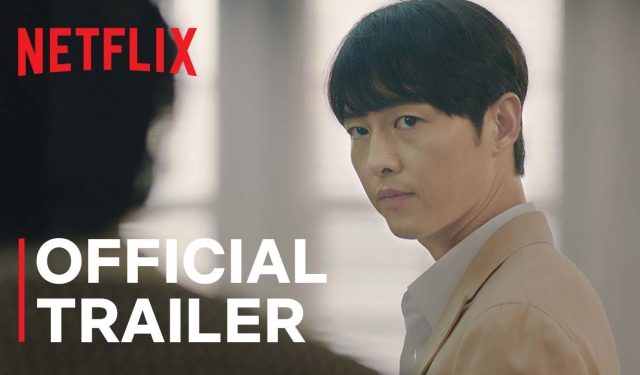“Bogotá: City of the Lost,” set to premiere on February 4th exclusively on Netflix, presents a gripping narrative centered around a young Korean man who navigates the treacherous realm of the Colombian black market. The story, rooted in cultural exploration and the pursuit of dreams, resonates with themes of aspiration, peril, and the stark realities faced by immigrants. This article delves into the main elements showcased in the official trailer, offering insights into the story, characters, and cultural context that make this series a must-watch.
The Immigrant Experience in Colombia
The series begins with the protagonist relocating to Bogotá, a city symbolizing hope for a better life. However, the trajectory toward success is anything but straightforward. The young man’s journey reflects the experiences of countless immigrants who confront societal challenges as they seek opportunities in foreign lands. The narrative intertwines personal ambition with the socio-economic realities of Colombia, capturing the complexities of life on the margins.
By choosing Bogotá as the backdrop, the series also highlights the rich cultural tapestry of Colombia. The vibrant setting contrasts the darker themes of the black market, creating a visually compelling narrative landscape. As viewers follow the protagonist, they are not only privy to his struggles but also introduced to the unique characters and neighborhood dynamics that embody the spirit of Colombia.
Navigating the Colombian Black Market
A significant aspect of “Bogotá: City of the Lost” is its depiction of the black market, a dangerous and often violent world where desperation drives ambition. The protagonist’s rise through these illicit ranks creates a tension that promises to keep audiences on the edge of their seats. It raises important questions about morality, survival, and the lengths one will go to achieve personal gain.
The series is poised to shed light on a subject often glossed over in mainstream narratives—how individuals, faced with limited options, sometimes turn to crime as a means of survival. This character-driven storyline highlights the thin line between right and wrong in a society riddled with corruption and crime, providing viewers with a thought-provoking commentary on human resilience and moral ambiguity.
Visual Style and Cultural Relevance
Visually, “Bogotá: City of the Lost” promises a captivating aesthetic that reflects the vibrancy and complexity of Bogotá itself. From the bustling streets to the hidden corners of the black market, the cinematography aims to immerse viewers in the Colombian experience, resonating with broader themes of ambition, struggle, and cultural identity.
This series not only entertains but also serves as an important cultural commentary, exploring the immigrant narrative within a Latin American context. As such, it invites viewers to empathize with its characters and reconsider the stereotypes often associated with the marginalized communities depicted in film and television.
Conclusion
“Bogotá: City of the Lost” is more than just a thrilling drama; it is an exploration of identity, ambition, and the human condition within the vibrant and challenging landscape of Colombia. As the release date approaches, audiences are encouraged to reflect on the intricate layers of the story and the cultural significances it uncovers. What does it mean to chase a dream in a world rife with obstacles? This series promises to initiate conversations that extend beyond the screen, urging viewers to delve into the deeper implications of pursuing a better life amidst immense risk.
https://www.youtube.com/watch?v=bwNgYZxR9e0


